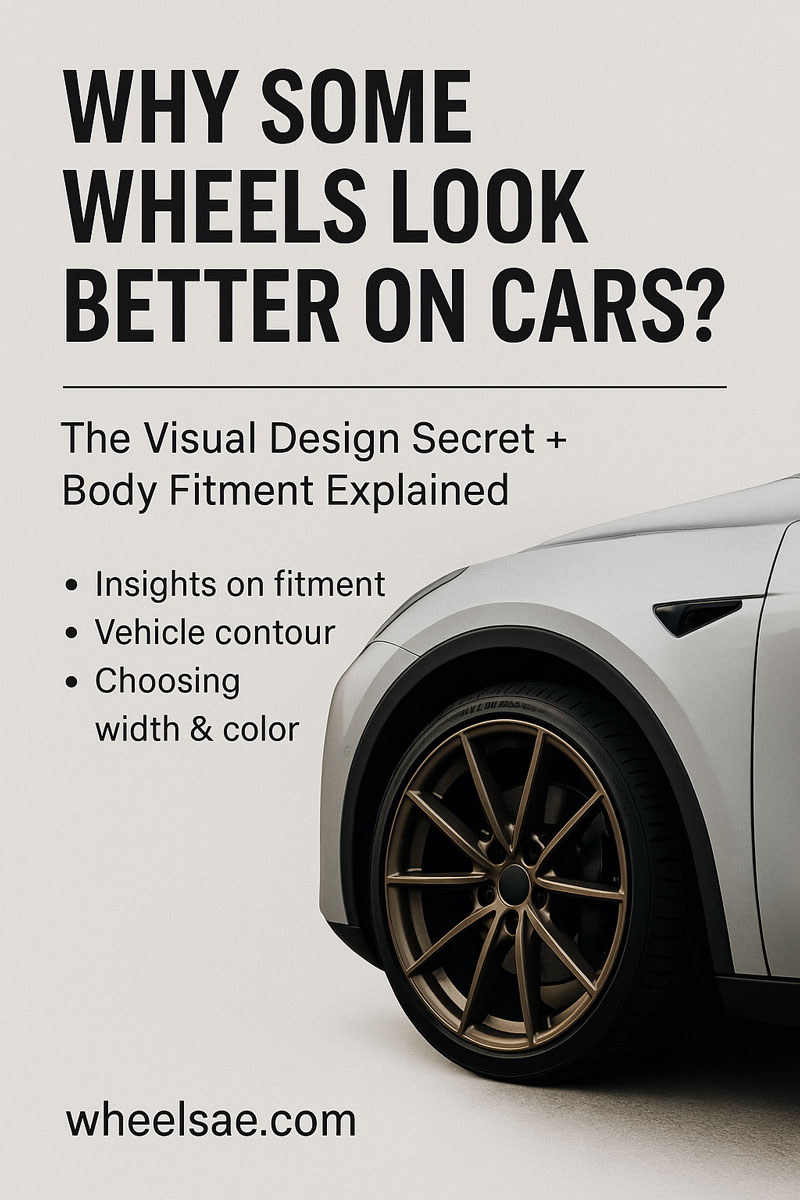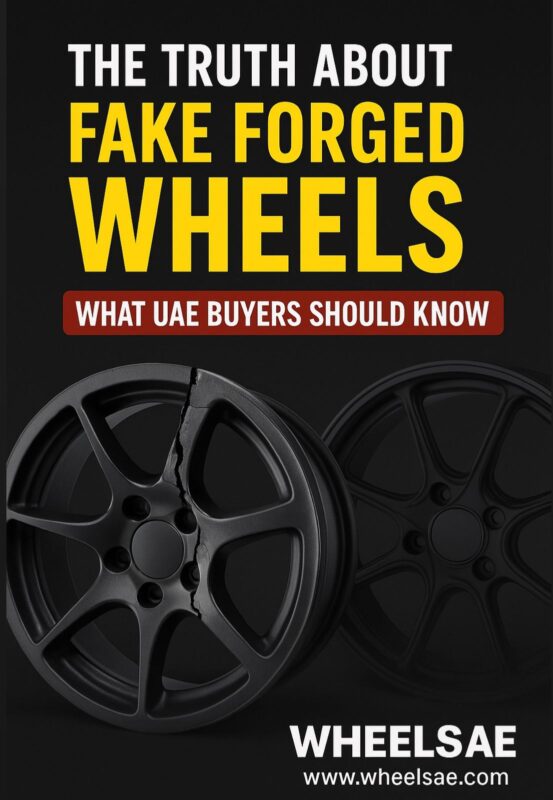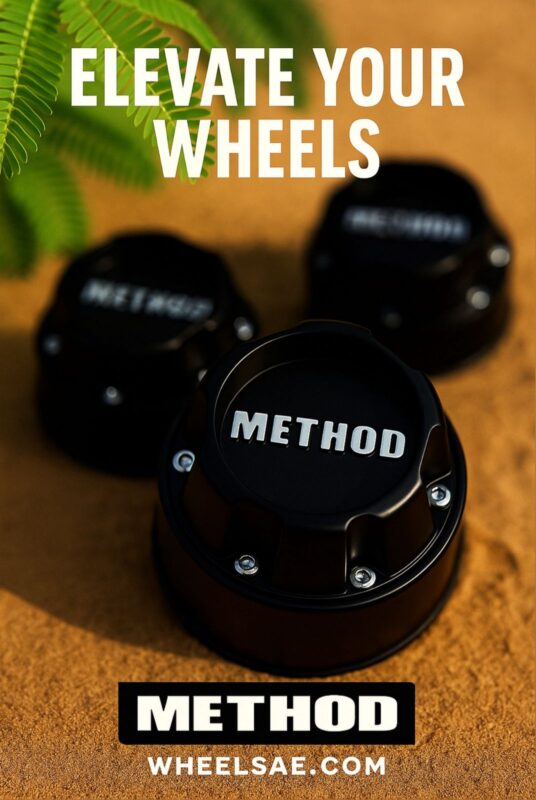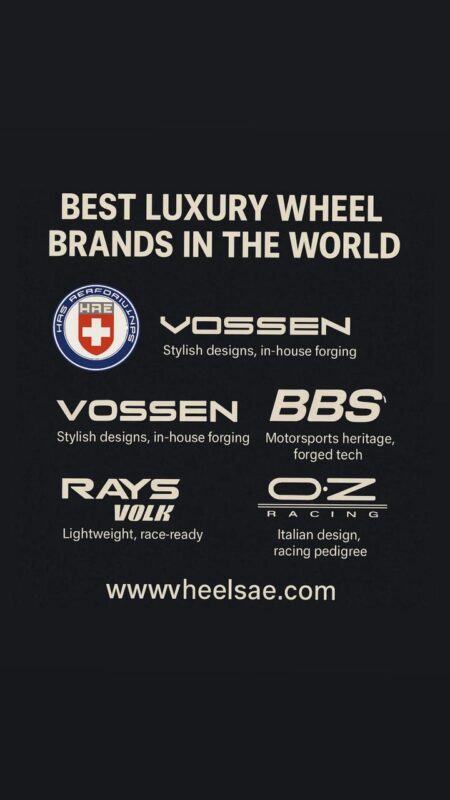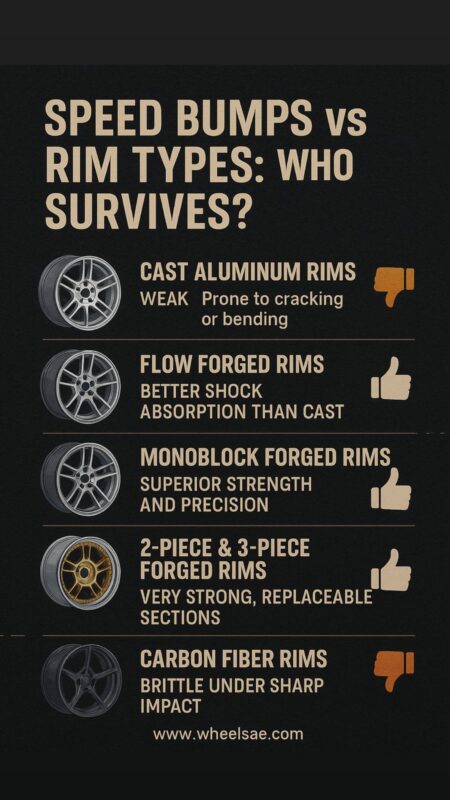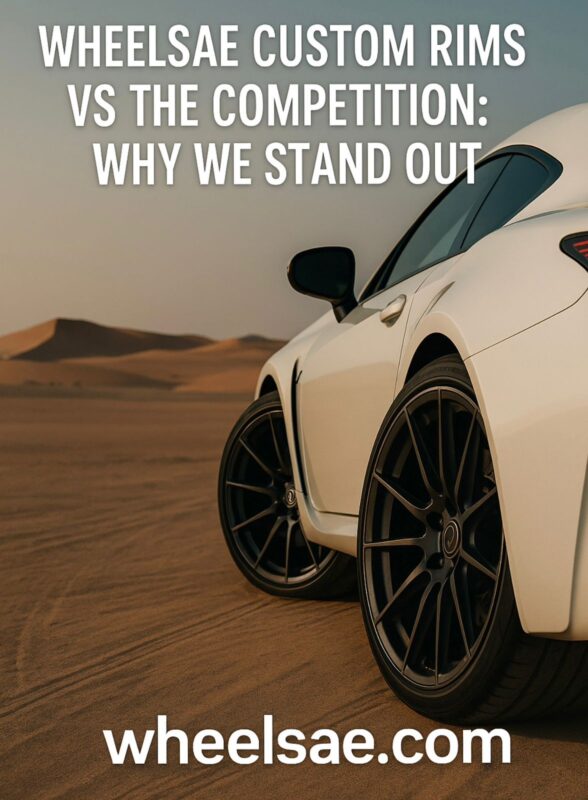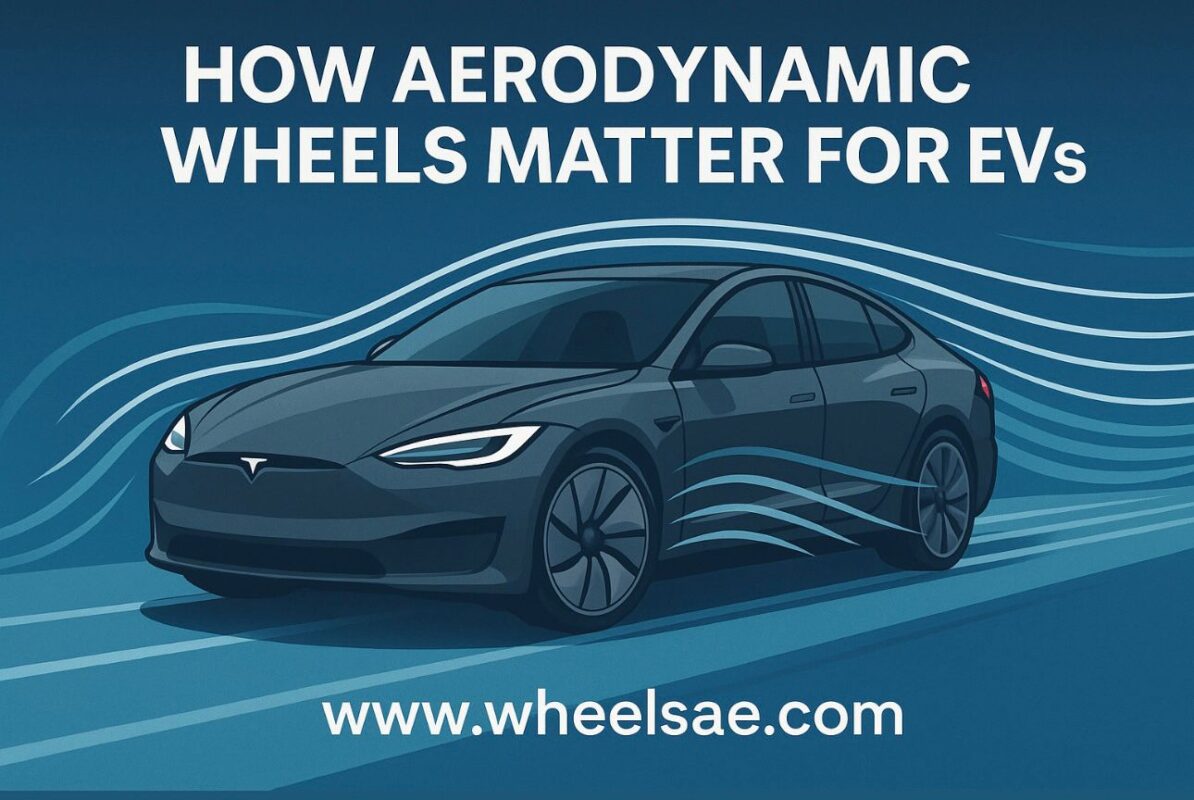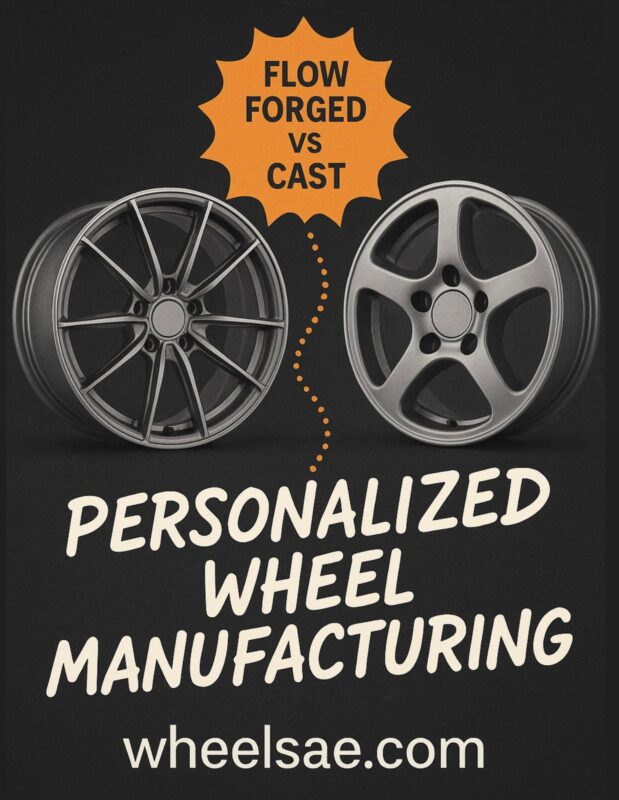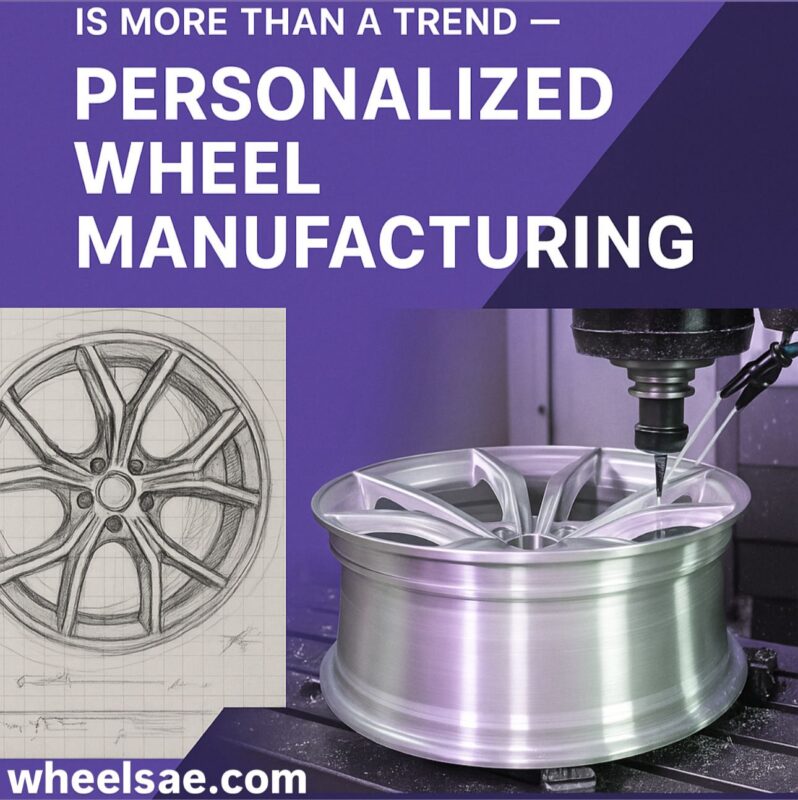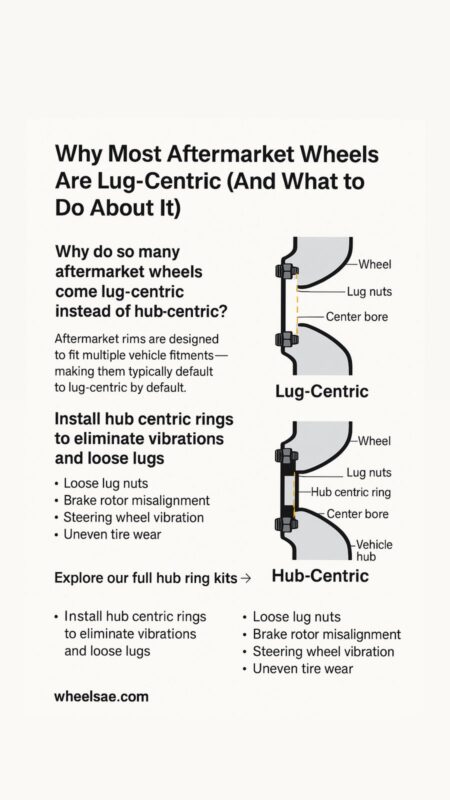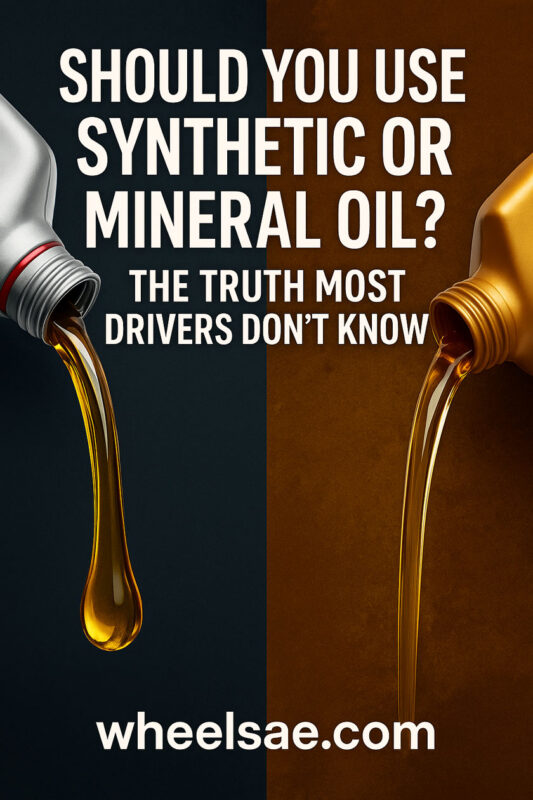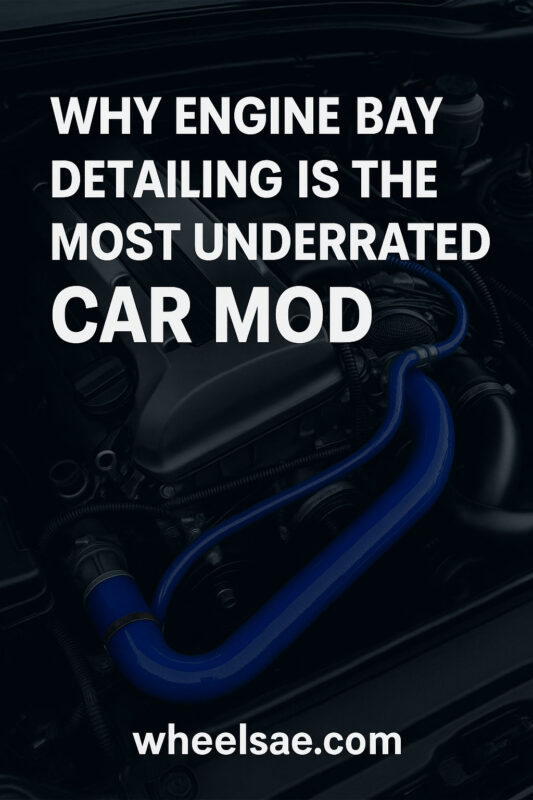Why Some Wheels Look Better on Cars: The Visual Design Secret + Body Fitment Explained
⸻
Ever looked at two identical cars, one with a stock wheel setup and another with an aftermarket set — and the second one just looks… better? The stance, the proportions, the way it hugs the ground — it just feels “right.” Why is that?
The secret lies in how wheels visually interact with the body of the car. It’s not just about size or brand. It’s about how the wheel’s width, offset, color, and spoke design match the car’s proportions and design language. Let’s break it down.
⸻
The Psychology of Good Fitment
Human eyes are naturally attracted to symmetry and proportion. This is why when a car has perfect wheel fitment — where the wheels sit just right inside the fenders, align with the body lines, and maintain balance — it looks pleasing without you even realizing why.
Poor fitment causes visual friction. When wheels are too small, too sunken in, or poke out too far, our brains instantly feel that something is “off.” Good wheel design complements the visual mass of the vehicle.
⸻
Wheel Size vs. Vehicle Size
Choosing the right wheel size means considering the body scale of your car. A large SUV like a Range Rover or BMW X5 looks balanced with 21–22 inch wheels. A Tesla Model 3 feels clean with 19s, or aggressive with 20s. Sedans generally look best with 18–20 inches depending on the width of the body and design.
Too small makes the car look underwhelming, too large can make it look cartoonish or overdone. It’s not about what’s biggest — it’s about what’s proportionate.
⸻
Width, Offset, and Stance
The width of a wheel — and its offset — determine how it sits in the wheel arch. This is where things get interesting.
Flush Fitment: When the wheel is perfectly aligned with the edge of the fender. This is the gold standard for modern, clean looks.
Tucked Fitment: When the wheel sits deeper into the arch. Sometimes used in air suspension or VIP builds for that “sunken” look.
Poke Fitment: When the wheels stick slightly outside the fender. Common in off-road builds, or when people want an aggressive stance — but too much poke on a street car can look odd and even cause legality issues.
⸻
Color, Finish & Contrast
The finish of the wheel can completely change how the car is perceived:
• Gloss Black: Stealthy and modern, but hides the wheel design.
• Silver: Classic and clean, highlights the lines and is easy to match.
• Gunmetal / Anthracite: Adds depth and is perfect for darker or neutral-colored cars.
• Bronze / Gold: Works brilliantly with white, black, or dark blue cars for contrast.
• Matte / Satin: Trendy and bold, less reflective, good for street style.
• Polished / Chrome: Reflects light, gives luxury or retro vibes.
Matching color and finish to the car’s paint and purpose is essential. You don’t want your wheels to clash — you want them to enhance.
⸻
Spoke Design & Concavity
Spokes aren’t just structural — they’re visual cues.
• Split Spokes: Sporty, race-inspired.
• Mesh Design: Elegant and premium, especially on luxury sedans.
• Solid / 5-Spoke: Clean and aggressive, great for wide-bodied vehicles.
• Multi-Spoke / Thin Mesh: Adds detail and motion.
• Concavity: More concave = more aggression. Rear wheels often benefit from a deeper dish or concave to emphasize stance.
⸻
Matching Wheels to Vehicle Shape
Let’s match styles to body types:
Coupes (Mustang, 370Z, Tesla Model 3 Performance):
• Go for staggered setup (wider rears)
• Concave spokes in the back
• Gloss or satin finishes
Sedans (Camry, BMW 5 Series, Charger):
• Mesh or multi-spoke looks great
• Flush fitment preferred
• Slight poke only if fenders allow
SUVs (Jeep, X5, Prado):
• Bigger diameters (20-22 inch)
• Straight, bold spokes
• Satin or machined faces
Electric Cars (Tesla Model Y, EV6):
• Lightweight flow-formed or forged wheels
• Flush fitment for aero & looks
• Matte or gunmetal finishes for futuristic vibe
⸻
Common Mistakes People Make
1. Wrong Offset: Wheels that stick out too far or sit too deep ruin balance and can cause rubbing.
2. Too Large: 22s on a Civic? Unnecessary. Big wheels add weight and kill acceleration and ride quality.
3. Color Clash: Black wheels on black cars often hide the wheel design completely. Know when to add contrast.
4. Tire Stretching: Looks unsafe, rides poorly, and risks damaging the wheel.
5. Ignoring Ride Height: Big wheels on high suspension = 4×4 look, not sporty.
6. Cheap Finishes: Low-quality paint fades quickly. Always check the finish spec.
⸻
Visual Case Study: Tesla Model Y
Stock Setup:
• 20×8.5” square silver wheels
• Looks clean but flat
• No aggressive stance
Upgraded Setup:
• 20×8.5 front / 20×10 rear
• Matte black concave rims
• 15mm rear spacers
• No suspension mods
Result:
Instantly looks wider, lower, and more powerful — all without lowering the car or cutting into anything. This is the power of visual fitment.
⸻
Final Thoughts
Wheels are the foundation of how your car feels — and how it’s perceived. They’re not just a technical upgrade, they’re a design choice.
When chosen well, a set of wheels can:
• Make your car look lower without touching suspension
• Improve its road presence
• Add performance with weight reduction
• Complement the car’s curves and language
• Turn a base model into a show-stopper
So next time you shop wheels, don’t just go by size or brand. Think width. Think offset. Think finish. Think fitment.
⸻
Need Help Choosing the Perfect Setup?
At wheelsae.com, we specialize in wheels that don’t just fit — they elevate.
👉 Browse fitment-tested designs here: wheelsae.com/
🔩 Looking for spacers or hub rings? Visit our shop
📸 Follow real builds on Instagram: @wheels_tire.ae
⸻
Let your wheels speak for your car — the right ones always look better.
⸻

